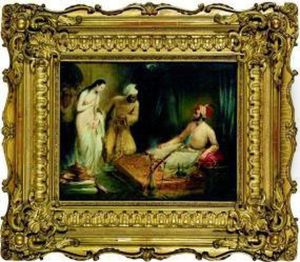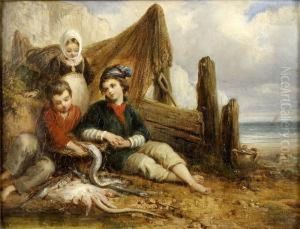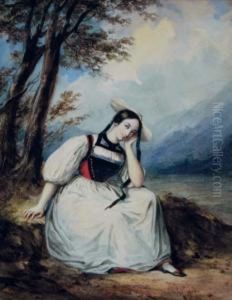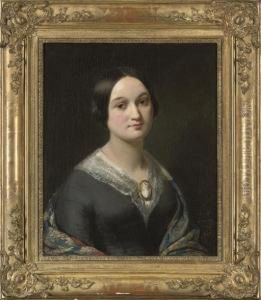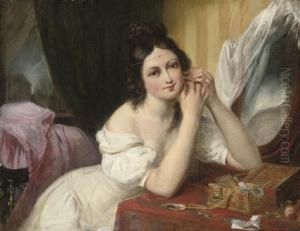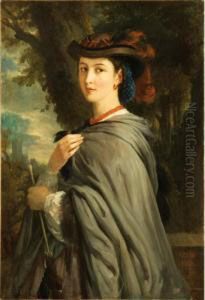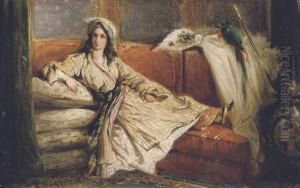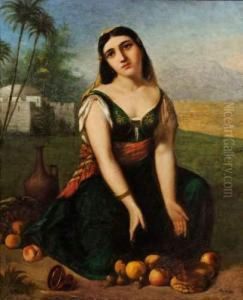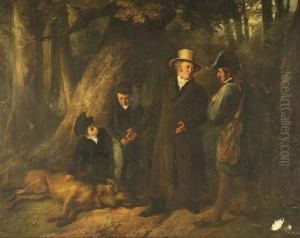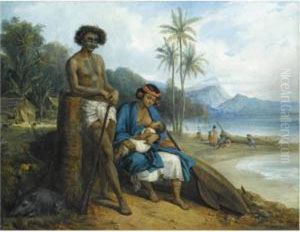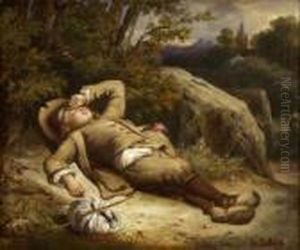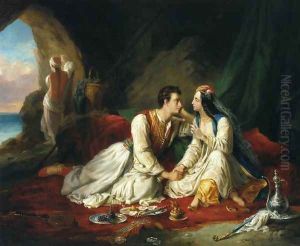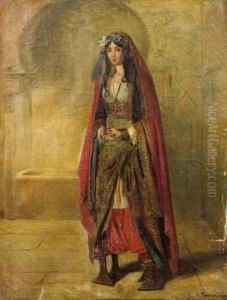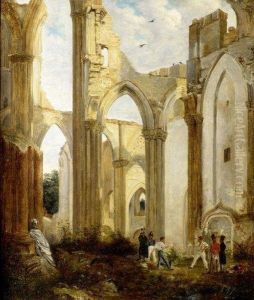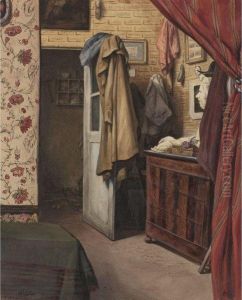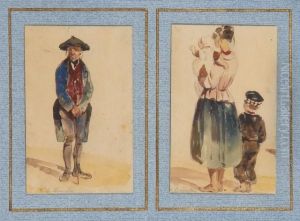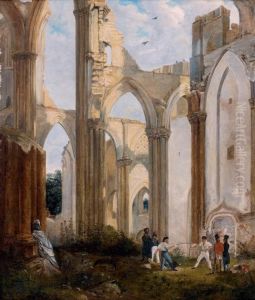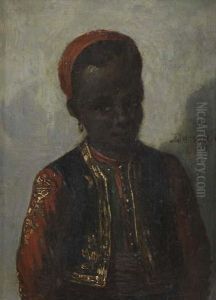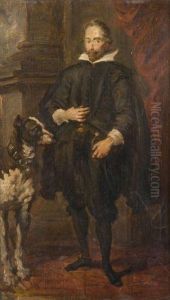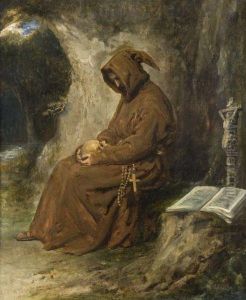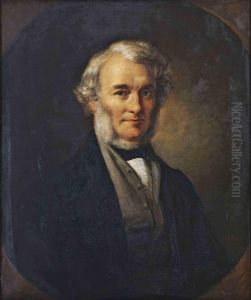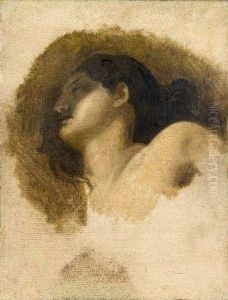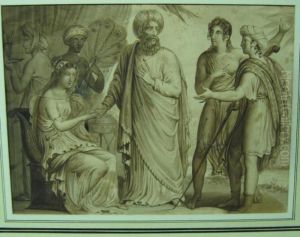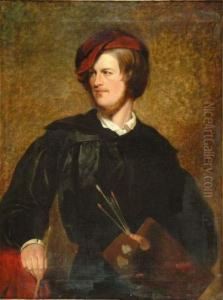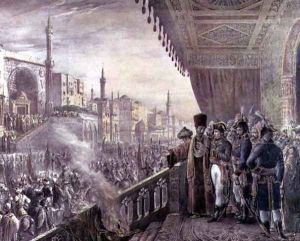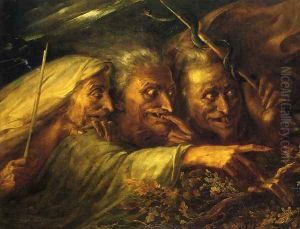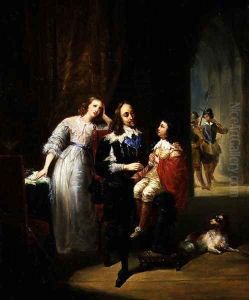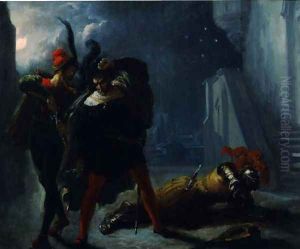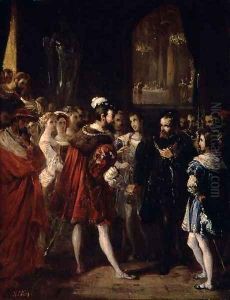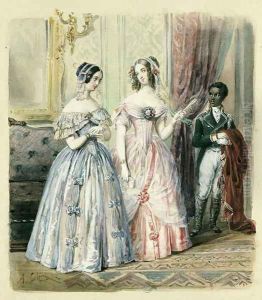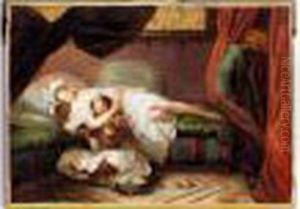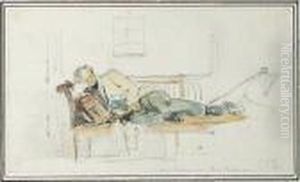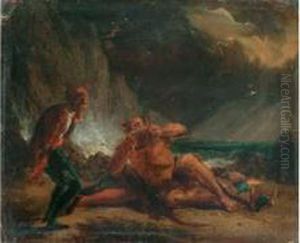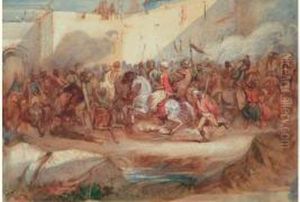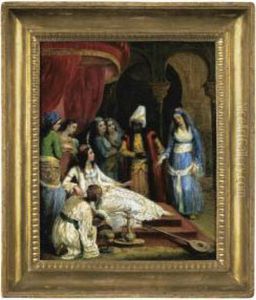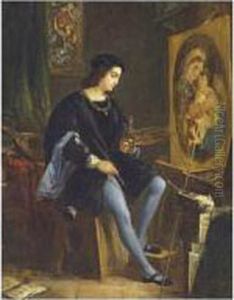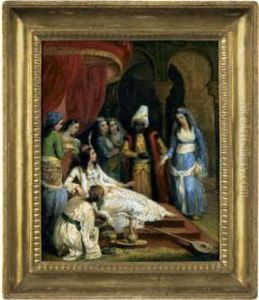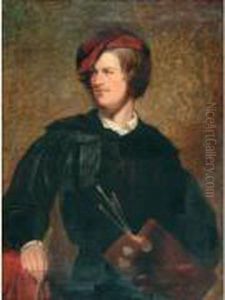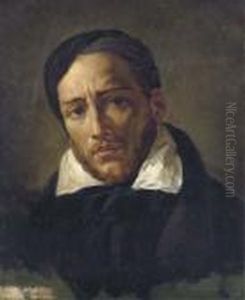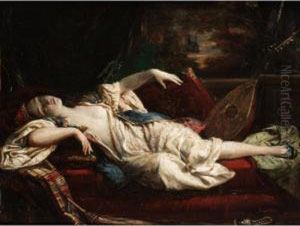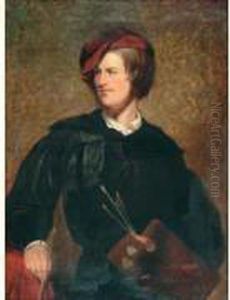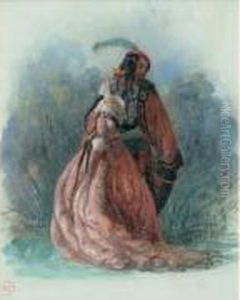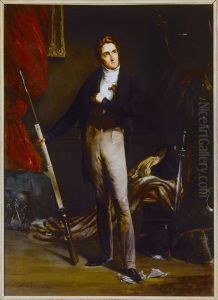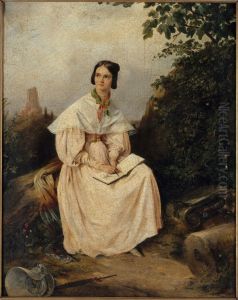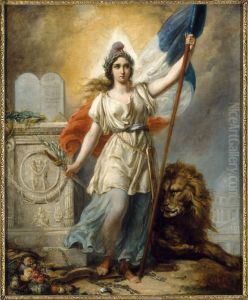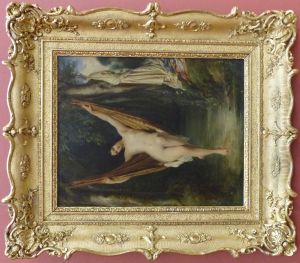Alexandre-Marie Colin Paintings
Alexandre-Marie Colin was a prominent French painter and lithographer born in 1798, whose career spanned much of the 19th century, a period characterized by significant political, social, and artistic upheaval in France. His work is often associated with the Romantic movement, a genre that emphasized emotion, individualism, and the sublime beauty of nature. Colin’s artistic talents emerged early, and he was admitted to the prestigious École des Beaux-Arts in Paris, where he studied under influential figures of the era, including Jacques-Louis David, a leading painter in the neoclassical style who played a crucial role in Colin's development as an artist.
Throughout his career, Colin produced a diverse body of work that included historical scenes, portraits, and genre paintings, demonstrating not only his versatility but also his ability to capture the essence of his subjects with sensitivity and depth. One of his most celebrated works is a portrait of the famous French writer François-René de Chateaubriand, which exemplifies Colin’s skill in portraying the intellectual and emotional character of his sitters. In addition to his portraits, Colin’s historical paintings often depicted dramatic moments, drawing on classical and literary sources for inspiration. His works are characterized by their detailed execution, vivid expression, and the dramatic use of light and shadow, elements that are hallmarks of the Romantic movement.
Colin's contributions to French art were recognized in his time; he was awarded medals at the Paris Salon, the official art exhibition of the Académie des Beaux-Arts in Paris. His ability to evoke a sense of grandeur and emotion in his works resonated with the Romantic spirit of the era, aligning him with contemporaries such as Eugène Delacroix and Théodore Géricault. Despite the changing artistic trends over the course of his life, Colin remained committed to the ideals of Romanticism, infusing his works with a sense of depth and passion that continued to captivate audiences.
Alexandre-Marie Colin passed away in 1875, leaving behind a legacy that has endured in the annals of French art history. His works are preserved in several prestigious institutions, including the Louvre in Paris and the Hermitage Museum in Saint Petersburg, serving as a testament to his enduring influence on the Romantic movement and 19th-century art. Colin’s life and career reflect the tumultuous yet vibrant nature of his times, and his art continues to be celebrated for its emotional power and technical brilliance.
